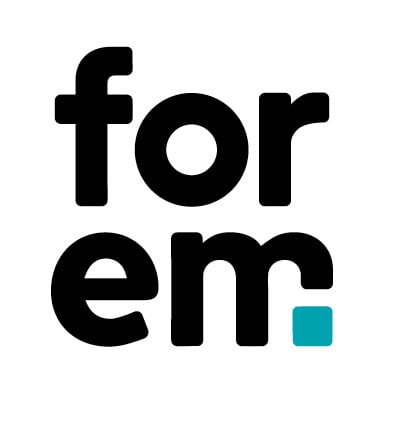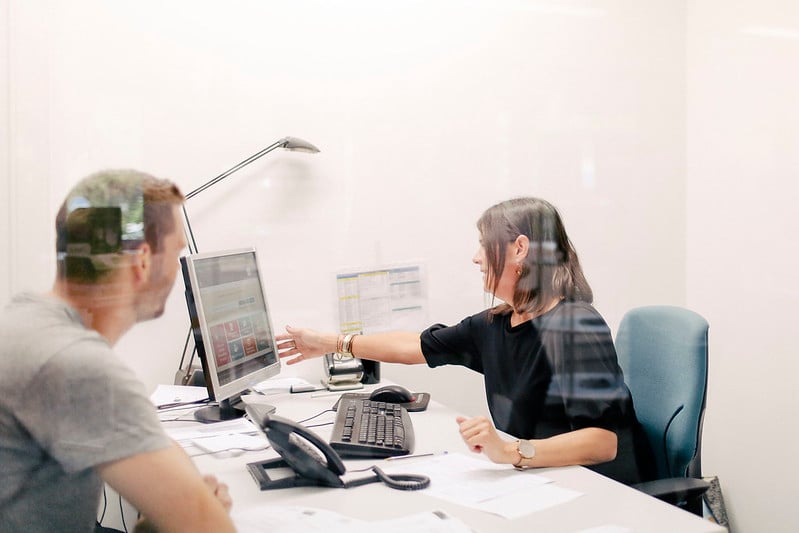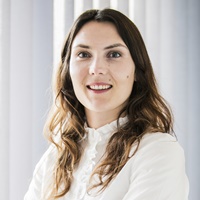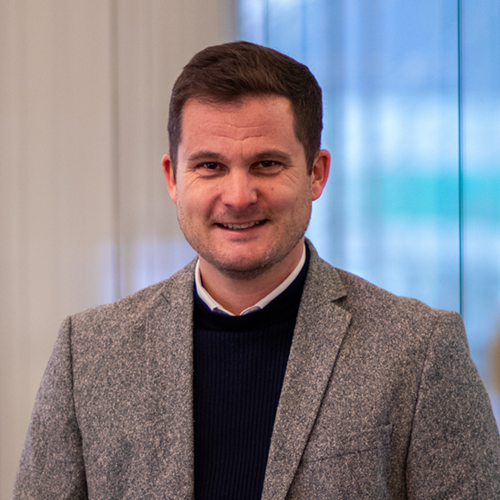Approach
One of the main challenges in modelling these processes was to integrate all possible optimisations, taking into account the needs of the different stakeholders and customers of the process. For each of the many processes we dealt with, we interacted with the different people involved, collected the necessary information, their needs and doubts, and thought with them about the roles of each actor, the tools to be used, the input and output, the exceptions, etc., in order to have the most optimal and sustainable version of each process.
Such a project was only possible with a complete and close collaboration between the Möbius and Forem teams. For this purpose, we were integrated into the Forem process department and worked directly on site, guaranteeing a real proximity with Forem staff and open communication.
In order to benefit from this proximity with Forem's teams and to maximise the positive impact of the modelled processes, we set up an efficient approach to deal with each process:
- Make initial contact with the business project manager to define the approach to be taken. This initial meeting allowed us to establish contact with the process owner, identify the modelling objectives, ensure their alignment with the business team's needs and determine the approach to be taken to formalise the process. It was also important to define the contact person(s) who would be our main point of contact throughout the process formalisation.
- Participating in working groups with the business and organising workshops in order to establish a global vision of the process. The idea here was to really co-create the process with the stakeholders through participatory workshops. We gathered the different relevant actors around a "brown-paper", armed with post-its, to identify all the aspects related to the process and to allow everyone to express their opinion, their needs and their fears. These meetings and the methodology used allowed the different actors to come together, to speak freely and to agree on points of disagreement, which is not common in their daily work. When remote meetings were easier or more efficient, the use of innovative tools such as Miro was highly appreciated by the Forem teams and allowed us to share and modify the diagrams live.
- Modelling a draft diagram from the information collected.
- Collect feedback and improve the proposal. The diagram proposal was then submitted to the different stakeholders in the process and adapted according to the feedback received. The proximity between the Forem teams and us was a real asset and allowed an easier, faster and more accurate adaptation of the diagrams.
- Validate the final model. After having been adapted following the various remarks, the final version of the process was presented and validated during a meeting.
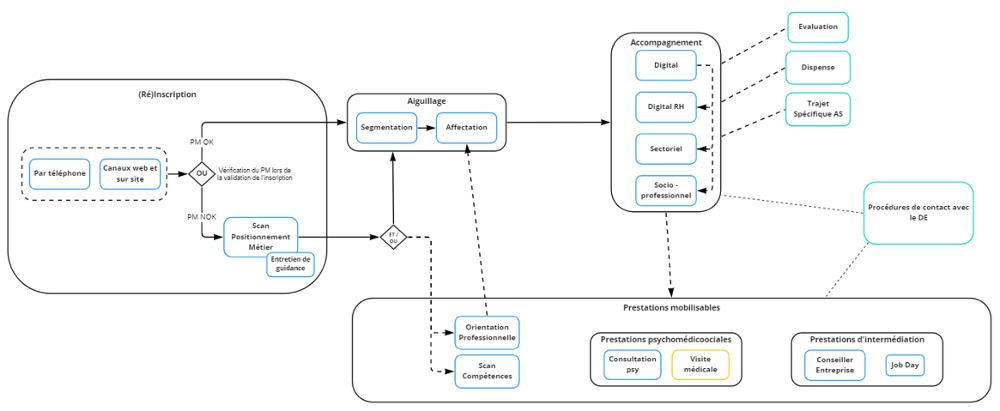
In the end, throughout the formalisation of these processes, permanent contact was established with the people responsible, guaranteeing results that were as close as possible to the expectations and needs of the business.
In order to be able to effectively close the project, to anchor the results deeply in the organisation and always in this perspective of close collaboration, we carried out a complete knowledge sharing. We scheduled several face-to-face sessions with the rest of the process team in order to inform them of the current status, the contact persons and the possible evolutions for all the processes dealt with during the mission. Good practices from the participatory workshops were also shared. These knowledge sharing sessions were highly appreciated and allowed for a smoother and more efficient transition with the new process team members.
Results
After several months spent in the Forem's process department, many processes of adapted support could be defined, modelled and validated in time. In total, nearly 60 diagrams (processes and procedures, intermediaries and targets) were integrated into Forem's reference system during this period. These modelled processes thus cover a good part of the job seeker's pathway in the adapted support, from his registration to his support in his specific channel, via the various mobilisable services.
However, these different processes are not fixed in time and will evolve in line with technological and legislative developments and the needs of the profession and of jobseekers. The knowledge transfer organised by the Möbius team will enable the process department to continue its work with even greater impact and to support the business in optimising these processes.
